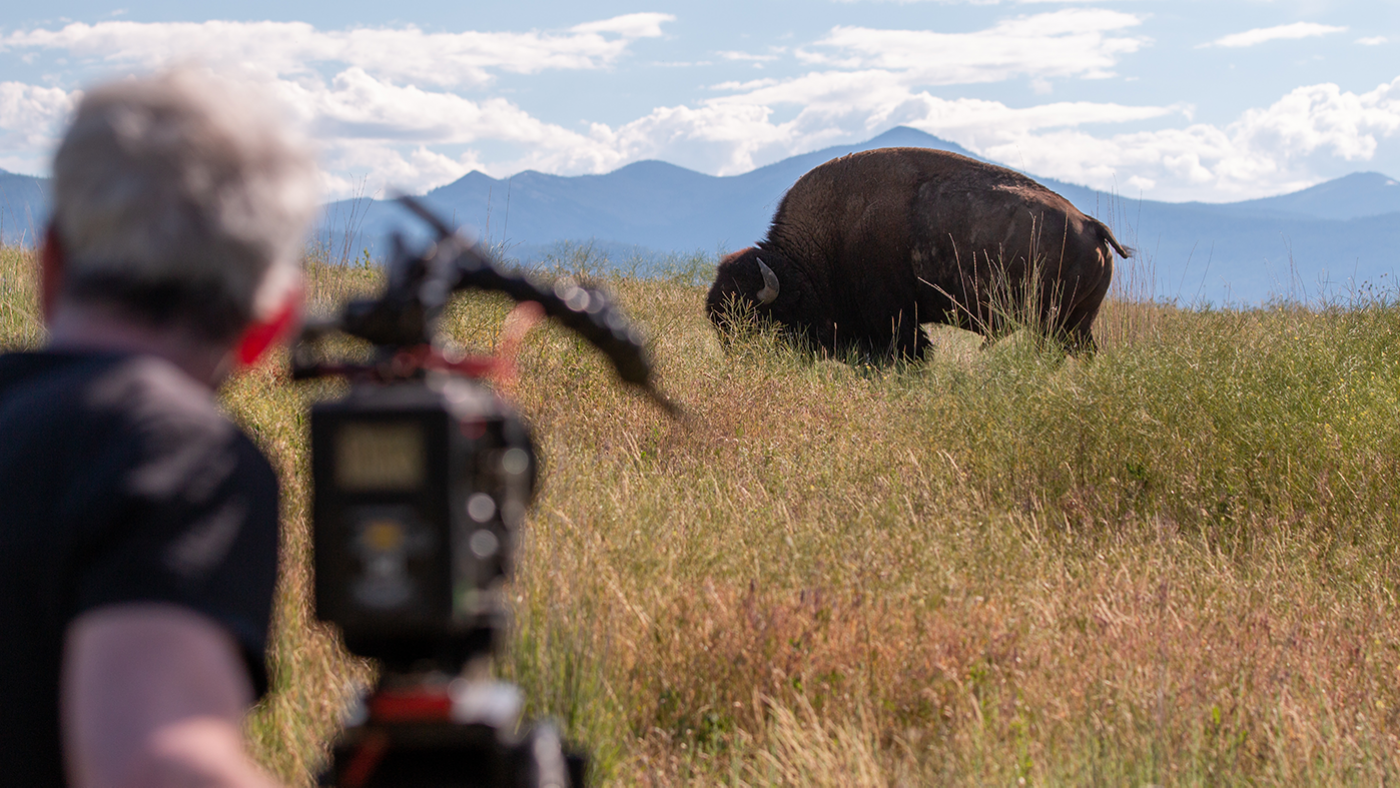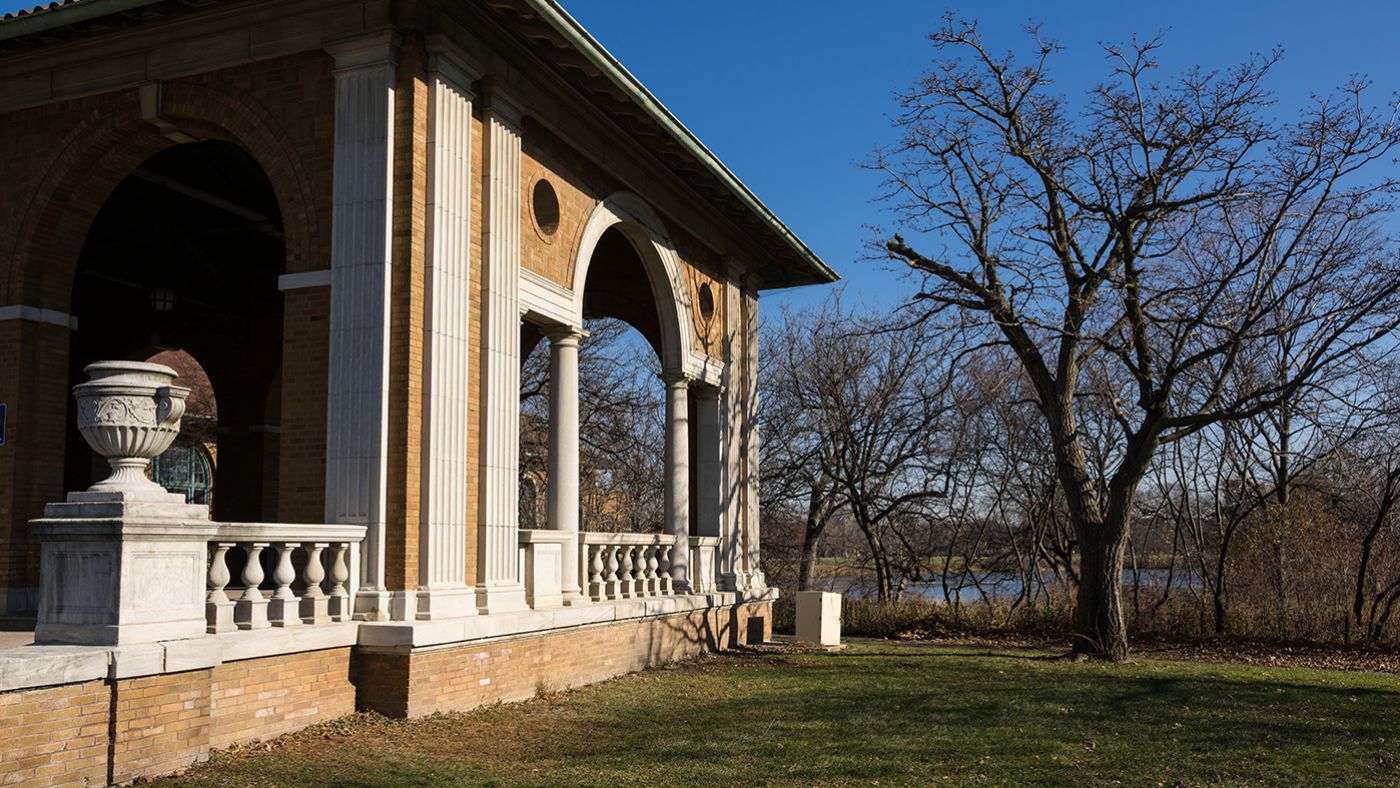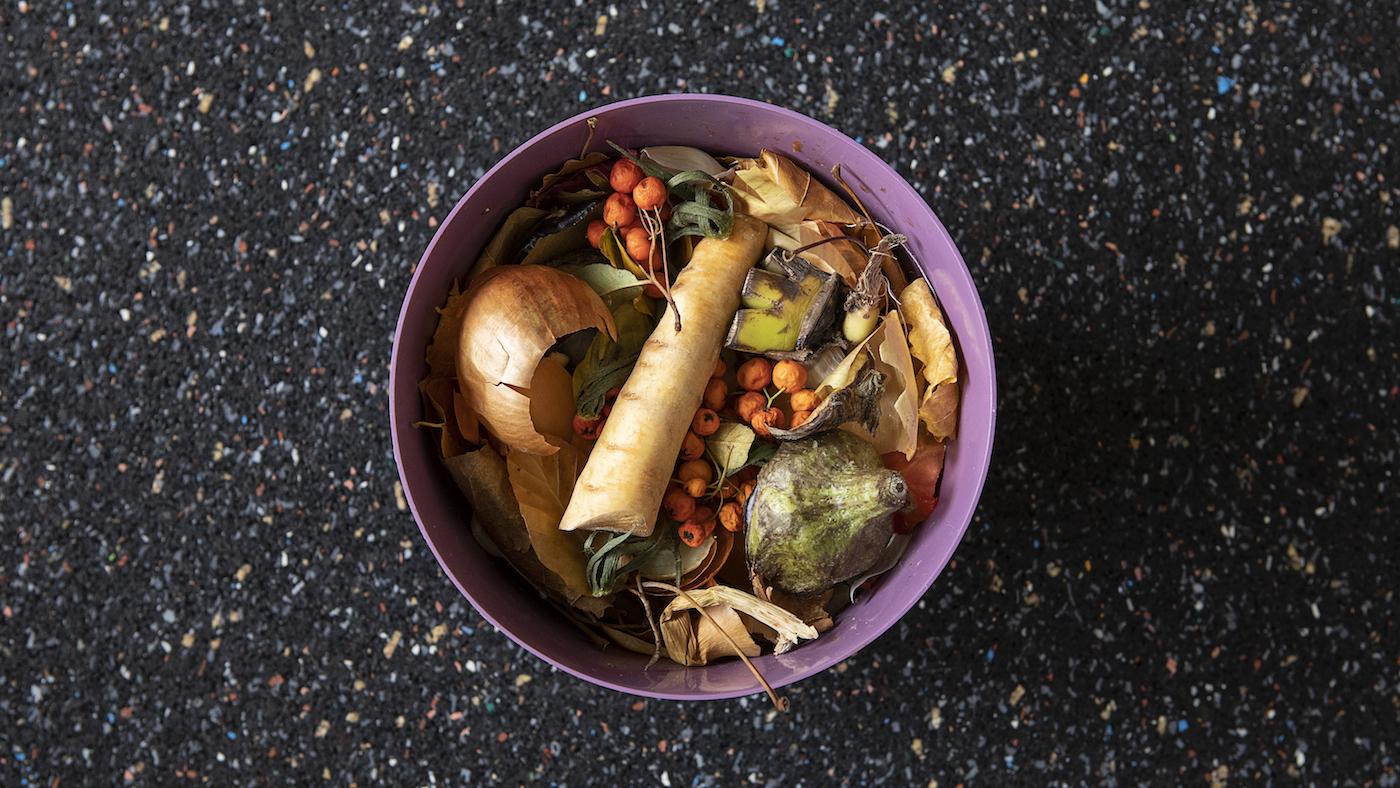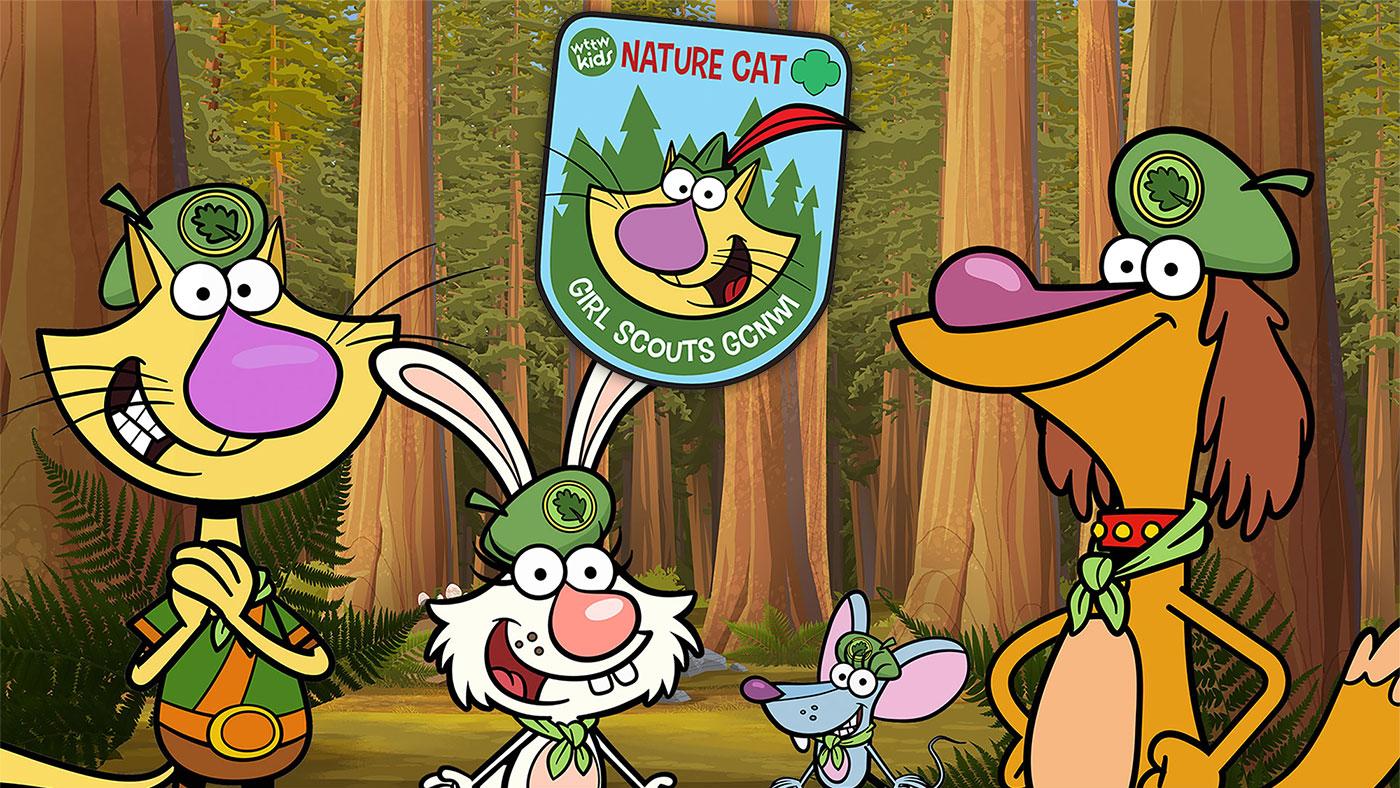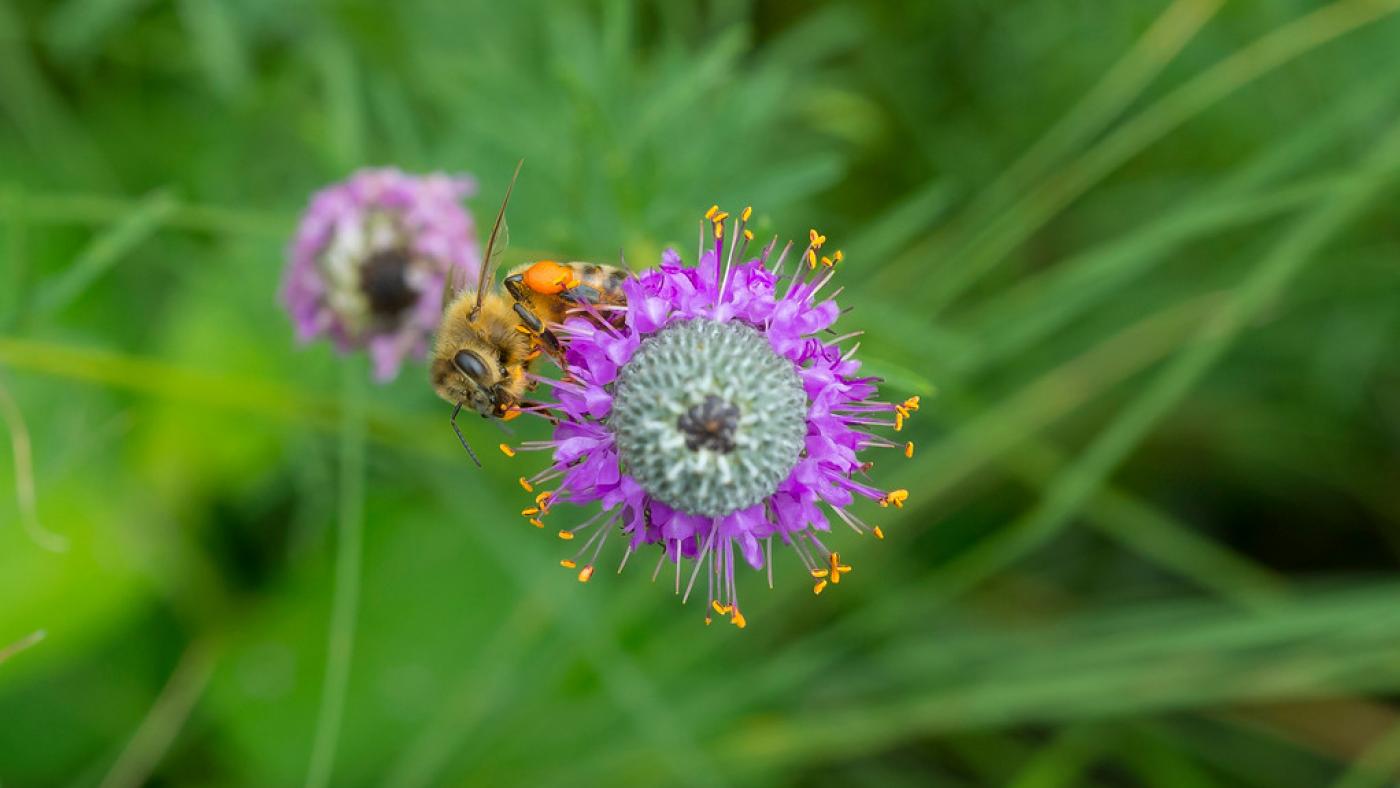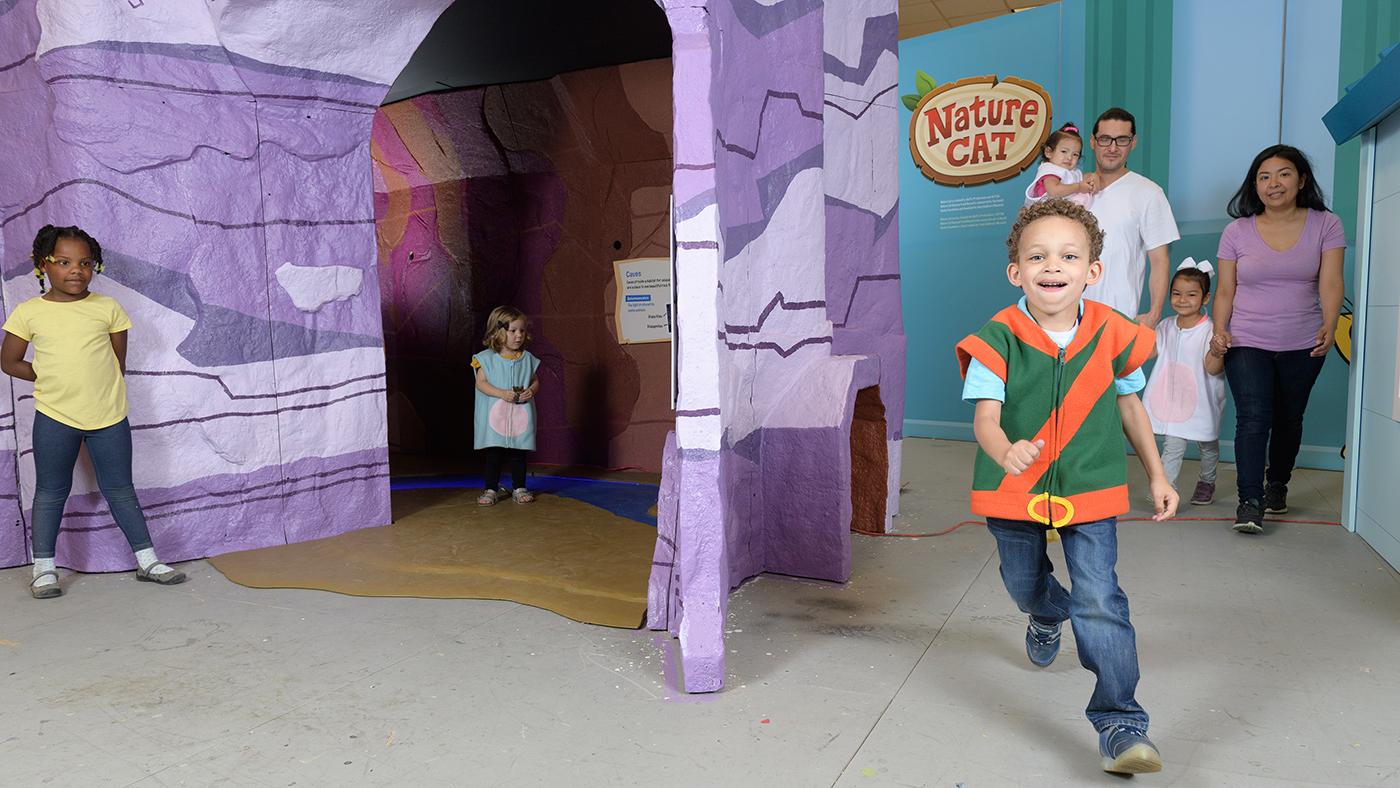A New Series from Andrew Zimmern Looks to the Oceans to Feed More People During Climate Change
Daniel Hautzinger
June 13, 2024
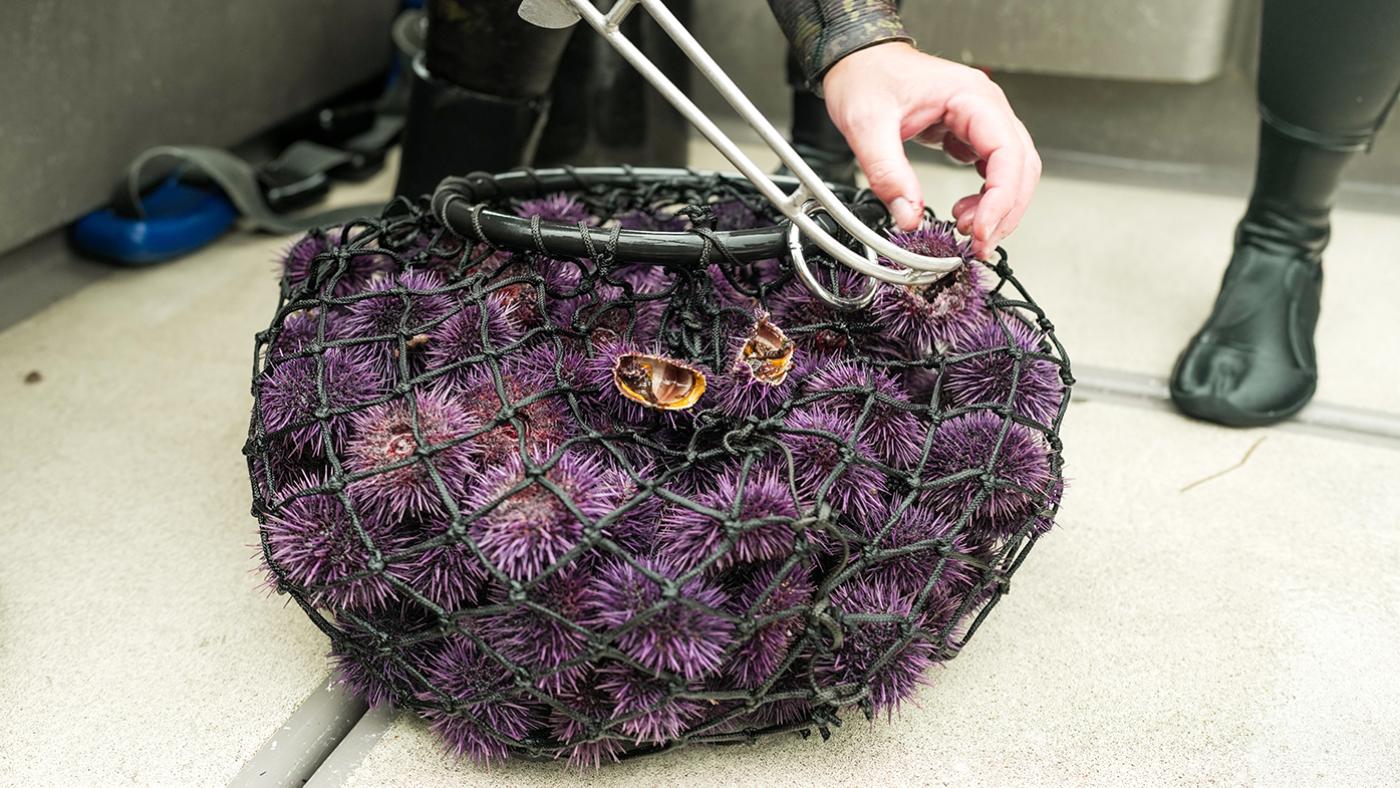
Hope in the Water airs Wednesdays beginning June 19 at 8:00 pm on WTTW and is available to stream.
Get more recipes, food news, and stories by signing up for our Deep Dish newsletter.
Off the coast of California, there are patches of seafloor that look like a Dr. Seuss illustration. Spiny pom-poms cover rocks like a field of vivid purple wildflowers in an eerily captivating tableau. But there’s a conspicuous absence: the waving kelp forests that are vital to ocean ecosystems in their support of marine populations and sequestering of carbon. The vibrant spike balls – purple sea urchins – have devoured the kelp forests, thus depriving not just other species but even themselves of needed nutrients.
The urchins are native to the area but proliferated during a years-long ocean heat wave known as “the blob” that warmed the waters of the Pacific coast from 2013 to 2017. More than 95 percent of the kelp forest in coastal areas of California has disappeared since 2013.
Fortunately, sea urchins yield a high-priced delicacy when cracked open: brilliant orange, clean-tasting uni, which is particularly prized in sushi restaurants or as a luxury addition to fancy dishes. Why don’t we just eat our way through the purple sea urchins decimating the seafloor? Since the urchins don’t have kelp to eat, they are under-nourished, if surviving – some call them “zombie” urchins – and so frequently lack sizable enough gonads, which are the edible part, to eat.
This is the kind of seemingly intractable problem that the new PBS series Hope in the Water documents in its exploration of sustainable seafood and aquaculture. But note that word in the title: “hope.” The ocean “is where our solutions lie,” says the food personality and chef Andrew Zimmern, an executive producer of Hope in the Water, which features Martha Stewart, Baratunde Thurston, and Shailene Woodley.
“The ability for us to feed ourselves from the ocean is necessary if we’re going to protect it properly. It’s the primary source of protein and work for billions of people around the world. It’s a place for us to benefit from – if we protect it, and take care of it, and clean it,” Zimmern says.
Hope in the Water tries to show that solutions can be found that both feed more people with the bounty from our oceans and simultaneously protect the oceans. In the case of the purple sea urchins, aquafarmers like Doug Bush of The Cultured Abalone cultivate urchins pulled from the seafloor alongside abalone in order to grow their uni and then harvest it so that it can be eaten and sold to restaurants – especially as uni from the larger red sea urchin becomes rarer in the face of climate change and warming waters.
Or there’s the former dairy farmer Paul Damhof, who is now growing shrimp in Minnesota, of all places, with the help of research conducted by Loc Tran, a scientist who has aided the shrimp farming industry in Vietnam. “I think our future depends on places like Minnesota becoming shrimp capitals of the world,” says Zimmern, who lives in Minnesota and argues that developing aquaculture there would not only provide a new source of food but also provide employment to people who work in disappearing trades like mining. “Aquaculture ticks all of those boxes,” he says. “We need to be investing in it.”
There can be something of a stigma against farmed seafood for environmental, ethical, and qualitative reasons in the West, but Zimmern argues that aquaculture can be done sustainably and is necessary for our growing appetite for seafood – as Hope in the Water points out, globally humans are eating twice as much seafood today as 50 years ago. “I don’t want to take jobs away from the wild fishing industry; I also want to eat wild fish myself,” he says. “But if we don’t manage our wild fisheries and invest in and expand our aquaculture, our farming of species, we are totally and gloriously f--cked.”
He believes – and Hope in the Water tries to demonstrate – that eating more seafood and even sea vegetables like kelp can be better for our health, our world, and our climate, if done properly. “What comes out of our oceans tends to be healthier and better for you” than terrestrial meat, he contends.
One of the biggest problems to overcome with seafood, however, is its limits. “There’s a scarcity in our oceans, and we can’t manufacture more,” Zimmern says. “There’s no scarcity in our beef, pork, lamb, and poultry production in this country.” But there are a variety of solutions, some of which are outlined in the series: eating a wider diversity of fish than the shrimp, tuna, and salmon – much of it imported – that makes up more than half of the seafood consumed in the U.S.; sustainable aquaculture; no-take zones where fishing is barred, thus ensuring the health of a broader ecosystem; and cultivating and eating integral, nutritious sea vegetables like kelp.
Zimmern himself is trying to help Americans eat both more variety and more fish with a forthcoming cookbook also called Hope in the Water. It’s a “seafood encyclopedia” that allows a consumer to compare lesser-known species with more familiar ones. (Many non-white or non-Western cultures eat a much more diverse array of fish, as the series points out.) The book will even include invasive species such as the Asian carp that governments are desperately trying to prevent from reaching the Great Lakes from the Illinois River.
Eating invasive species to help curb their populations as well as sustainably farmed fish is becoming more popular. At the James Beard Awards held in Chicago this month, two restaurants focusing on sustainable seafood won medals: the Detroit-area sushi restaurant Sozai, and Mystic, Connecticut’s The Shipwright’s Daughter, which serves the invasive green crab whose population has exploded in the rapidly warming Gulf of Maine.
Zimmern hopes that, as the world eats more seafood and the industry continues to grow, we can avoid some of the environmental, ethical, and human rights issues that have long plagued terrestrial agriculture. (Although there are already plenty of abuses in the global seafood industry, as documented by groups like The Outlaw Ocean Project.) “Hopefully we learn from that before we turn to our oceans,” he says.
“You can leapfrog and then become the area of food that is most invested in [innovation and sustainability], and I’m hoping that it’s seafood.”

